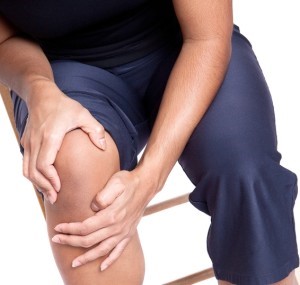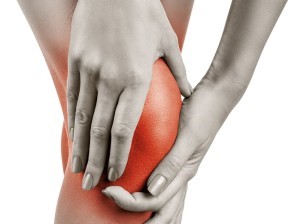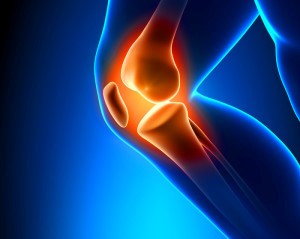Exercising through Knee Pain

Knee pain(Not Injury) is one of the most common reasons for people giving up exercise altogether. It can be caused by overuse, trauma and in todays’ world, by postural imbalances created by working at a desk job.
I’ve written about how the human body was designed to move, and how, in the absence of movement, it deteriorates. And yet, most of us have jobs that require us to sit still for long hours, often crouched in front of a computer.
Those of us who exercise have witnessed first hand, the human body’s ability to compensate/adapt to accommodate the demands we place on it. The human body is a master compensator, it will find the easiest, most efficient way to survive the conditions we hand it.

So how does it compensate to help us sit for long hours without pain?
-> It shortens the distance between the hip and the front of your leg(in lay mans terms) so that the seated position where the knee makes right angles with the leg is easier to maintain, causing tight hip flexors, hamstrings, quadriceps and calves.
-> Your chest will tighten in an effort to help you sit hunching forward, and your neck will follow.
-> Your upper back, as a result of being constantly stretched forward will weaken and eventually not be able to do its job properly.
What does all this translate to? The entire anterior chain(front) of your body tightening/tilting forward(little by little) so that the crouching position needed to sit long hours is easy to maintain.
There are several problems that arise from these imbalances, but we will address only the knee pain that(usually) comes with these imbalances.
Pain in the knee can occur either, just above the kneecap, just below or to the side.
Above the kneecap: Usually brought on by quadriceps so tight, your knee caps are being pulled upwards. Can also be brought on by poor squatting form(allowing knees to go past your toes).
Below the kneecap: the source of pain is the patellar tendon, which connects the knee cap to the top of the lower leg.
Under the knee cap – pain from excessive compression of the knee cap and from arthritic changes underneath the knee cap. Long distance runners will be familiar with this one.
Outside your knee cap : Often from a tight iliotibial (IT) band. It also can be due to ligament strain.
So what can you do to prevent these pains/if you already have them, to ease it up a little bit?
Giving up exercise is not the answer. Foam Rolling, stretching the tight muscles out and strengthening the opposing, weak muscles are what will help you live pain free.
Postural correction also helps. Learn to fire the glutes(not the quadriceps) when you walk/climb the stairs. Do not walk on your toes. Perform corrective exercises to help you restore function to your largest muscles. Learn to squat correctly. Switch exercises out the second you feel pain. And STRETCH.
Most importantly, remember, im not a doctor. If the pain persists, get over to one. Sometimes a simple regimen of stretching and myofascial release is all you need to make a world of difference. Other times you may need more intervention. Don’t use this blog in the place of good old common sense.
The Author, Jyotsna John, is a fitness enthusiast who turned her passion for fitness into a full time career. She has travelled to UK and the US and studied a lot about fitness while she was there. She has a list of certifications, and is currently a trainer at The Unit, in Chennai.
Picture Courtesy:
kneestrength.com
http://chronicpainblog.com/
hillpromotionpt.com


